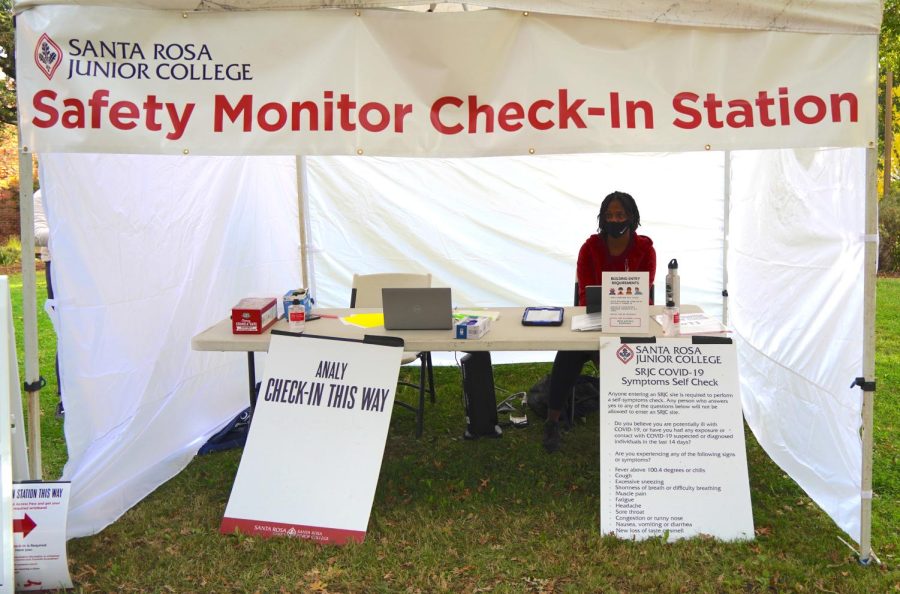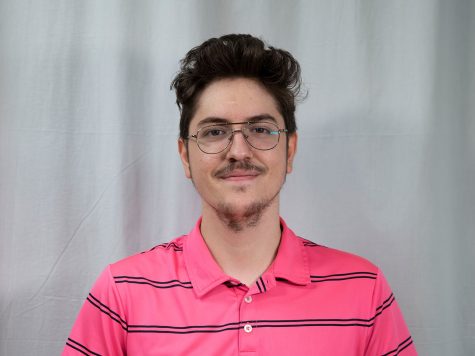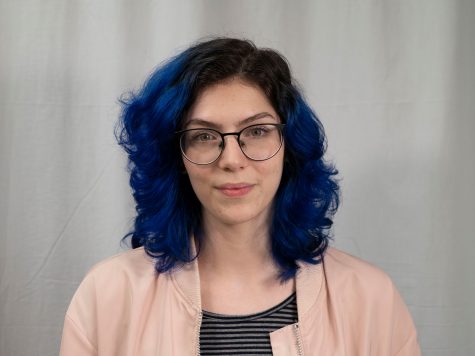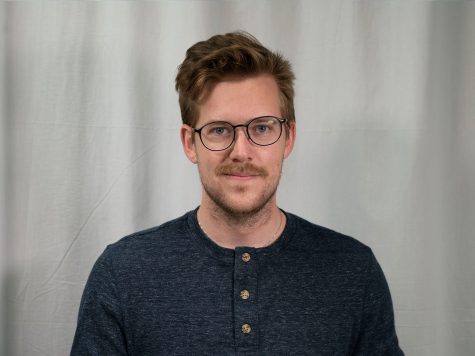The first two weeks of Santa Rosa Junior College’s in-person coronavirus vaccination mandate were largely a success, despite some technical difficulties and the occasional angry student.
“Overall, it’s been going really well,” said Kerry Loewen, dean of arts and humanities. “I think that’s a credit to the students who have taken it seriously, and I think it’s a credit to the safety monitors around campus who are sitting out in cold weather, soon to be rain, answering questions and helping people get wristbands. We all owe them our gratitude.”
On Oct. 18, the first day SRJC required students to wear wristbands to attend classes on campus, Loewen took donuts to safety monitors’ tables and asked how they were doing and if anyone had been rude.
“There were a couple of people. People are people, you know,” Loewen said. “Every once in a while, somebody is angry, but that’s the minority. Mostly, it’s been a really great situation, and people are happy to have the help, be on campus and be safe.”
Loewen doesn’t have an opinion on whether the CLEARED4 system should have been enforced at the start of the semester.
“I’m happy we’re implementing a system no matter when it starts,” he said.
SRJC President Dr. Frank Chong said a small number of students and teachers expressed their displeasure with the mandate in conversations with him.
“I don’t think it’s any different than what you see in the general, broader community,” he said. “You’re going to have probably 90–95% of the public supporting vaccines, and then you’re going to have a small but very vocal minority.”
Dr. Chong said our obligation living in a community is to keep everyone safe. “In my opinion, that supersedes your personal rights.”
On Oct. 19, volunteer check-in staffer Osiris Zuburi said the football team was checked in and understood the need to be cleared before coming on campus; however, some football players were without bracelets during the day’s practice at Bailey Field.
While the side of the field closest to campus had two check-in stations, there were none on the side closest to the parking lot, and anyone could easily enter the field from the parking lot without checking in.
The track team’s season starts in spring, but members of the team also practiced Oct. 19 at Bailey Field without wearing bracelets.
Check-in booth staffer Justine Loh said the first few days were smooth, and she expects it to be even better in the future.
Anetra McCartney, SRJC student trustee and COVID monitor, said she had no issue the first day. To make monitors as comfortable as possible, the school invested in heaters and tents as well as protective masks to give to students, according to McCartney.
“To combat this virus, there needs to be some kind of plan, and I think SRJC is moving in the right direction,” McCartney said. “It’s not just [young] students we’re protecting. It’s older people and at-risk students as well.”
Stacey Krywaruczenko, tech support outreach specialist, said some students have had issues uploading their vaccine cards and being verified, but tech support usually has “most or all of the answers” to questions students have.
“Some students have been a little stressed because of some time management issues,” Krywaruczenko said. “For example, some have tests to take as soon as they arrive, or their professors send them back to get the bands during class.”
Krywaruczenko isn’t sure how the process could be simplified, but noted its complexity.
“It does seem like such a big process, from uploading a card or getting tested, to checking in each day and then showing a QR code,” she said. “Also, it could be a little more private between us and the students, considering we have all-access to people’s cards and personal information on the computers.”
Film major and former Oak Leafer Arthur Gonzalez Martin had trouble with the system.
“For some reason, it had a hard time uploading my vaccine card. It was one of those digital VR code things,” Gonzalez Martin said. “It seemed like the system took a while to upload it, so it was constantly asking me to take tests even though I’m vaccinated.”
Gonzalez Martin said he fixed the issue by talking to a lot of people over the course of a week or so.
“It seems like when something fails, you just have to talk to the same people over and over again,” he said.
Theatre arts major Anthony Bailey had a different problem with the system.
“The QR code scanning they started [last week] keeps coming back negative [for me], even though I’m going through testing and doing the daily check-in,” Bailey said. “[Yesterday], they told me to check with somebody in the building in the science section of campus. Today, a monitor doing it for their first time told me I had no entry, but I told them I tested earlier in the week and they manually signed me in.”
SRJC student and safety monitor Will McBeardsley, 21, said, “As someone who works for the school, we think it’s been rolling out all right. But as a student, I understand a lot of the frustrations, because it wasn’t communicated very clearly, early on.”
The current mandate allows students to opt into weekly testing instead of full coronavirus vaccination; next semester all in-person students will require vaccination.
“[Students] feel better coming on campus when everyone is vaccinated,” Loewen said.
Additional reporting by Garrett Ashton, Michael Combs, Aryk Copley, Stephen Howe, Jenna McGovern, Tony Moeckel, La Reva Myles, Cass Stewart, Nick Vides, Christian Vieyra and Liam Vinueza.







